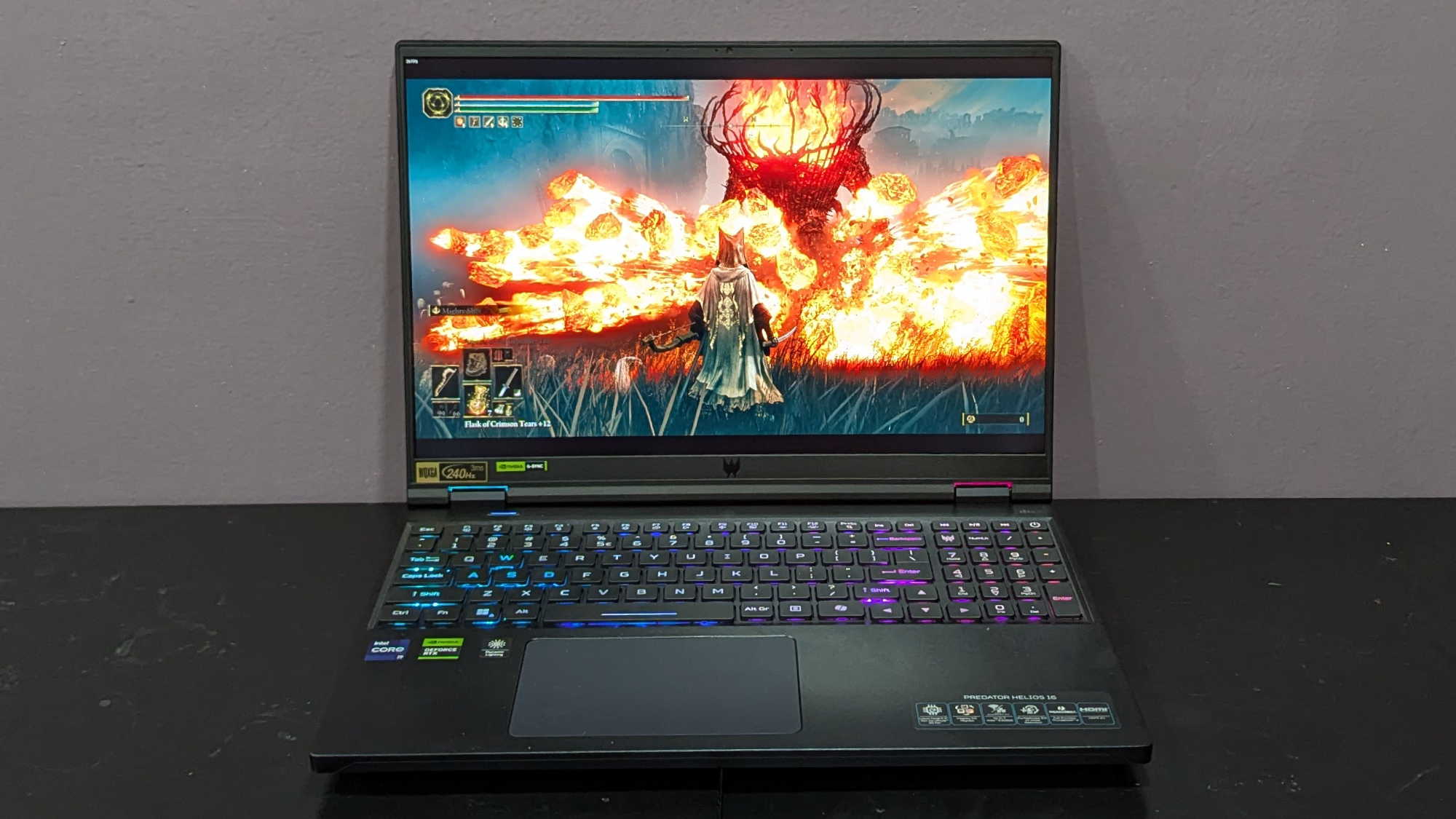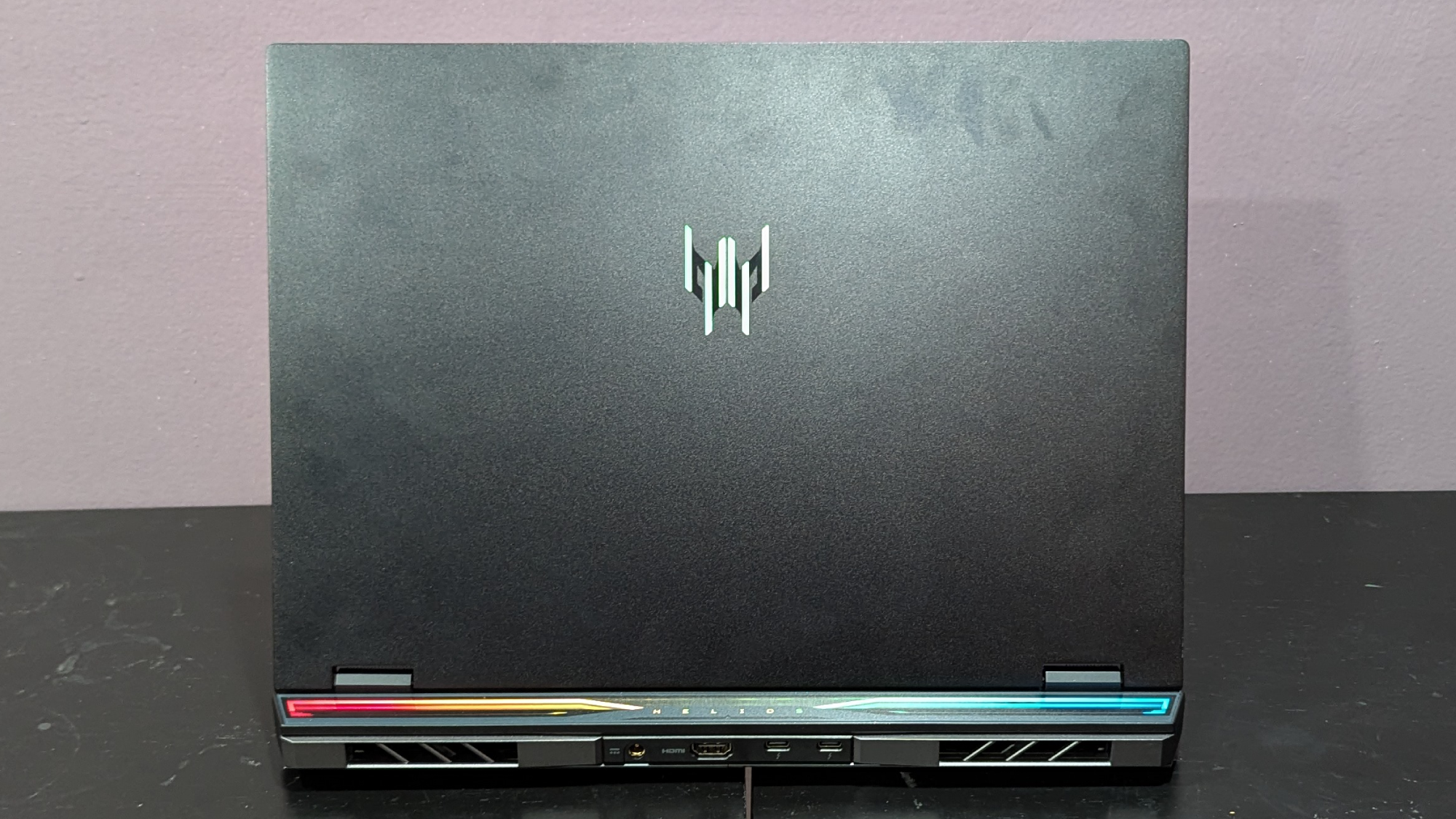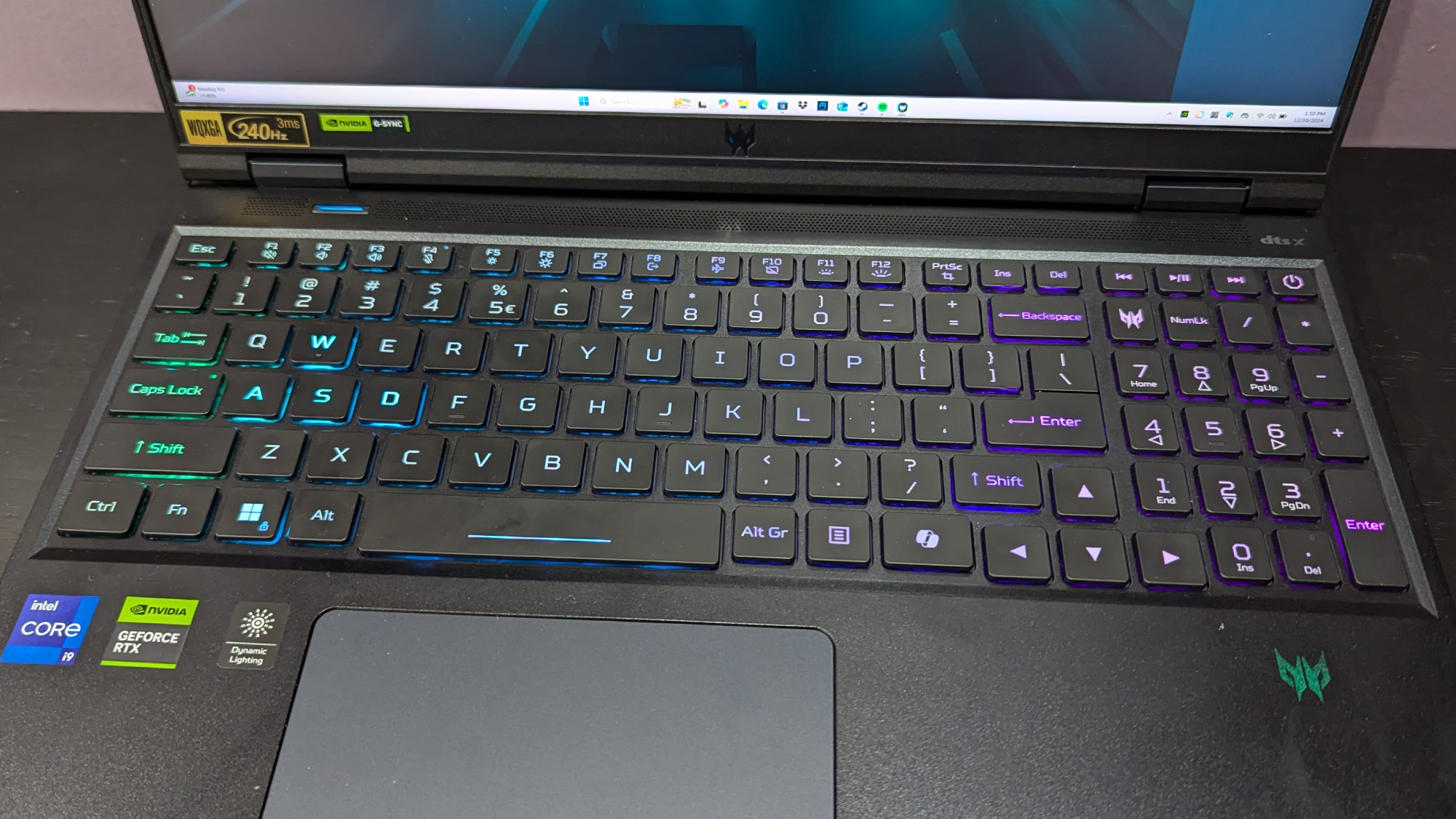
I recently reviewed the Acer Predator Helios 16, a fantastic gaming laptop that impressed me in more ways than one, but it made me realize something about the current state of gaming laptops.
We're swiftly approaching the next generation of graphics cards with an early 2025 launch, according to leaks from Board Channels. Considering we could see these GPUs as soon as January 2025 with the 5090, 5090D, and 5080, gaming laptops built with the mobile versions of that same hardware shouldn't be far behind.
With the next generation of gaming laptops arriving in the next few months, it might seem like the smartest idea is to wait. But before you hunker down for a long winter without a new gaming laptop, hear our reasons why you might want to invest in one now.
Gaming laptops prices are pretty good right now
I reviewed the Acer Predator Helios 16 and couldn't help but notice just how much better 40-series gaming laptops have gotten in terms of affordability and quality since the series initially launched back in 2023.
After all, the model we reviewed is priced at $1,999 at Micro Center, yet it's built with a 16-inch 2,560 x 1,600-pixel resolution display at 240Hz refresh rate, has 32GB of RAM, 2TB of SSD storage, an Intel Core i9-14900HX processor, and an Nvidia GeForce RTX 4080 GPU. Beyond that, its display is incredibly colorful and bright at 113% coverage of the DCI-P3 color gamut and 447 nits of brightness.

Let's compare it to a similar gaming laptop from when the RTX 40-series originally launched by looking at the MSI Raider GE78 HX. It's built with an Intel Core i9-13950HX, which is a similar CPU from the previous generation. Beyond that, the basic specs are close, boasting a 17-inch, 2,560 x 1,600-pixel resolution display, 32GB of RAM, a 2TB SSD, and an RTX 4080 GPU.
The major difference is that the MSI Raider GE78 HX cost $2,999 when we reviewed it, which is exactly $1,000 more than the recent Predator Helios 16 I reviewed. After just a year and a half, the price of similar hardware went down drastically.
When RTX 50-series laptops launch, we expect prices to soar again.
When RTX 50-series laptops launch, we expect prices to soar again. New hardware is expensive, and if the rumors surrounding the 50-series are accurate, things will get pricier than ever.
We've seen some premature listings for RTX 5090 and 5080 gaming PCs online, and the prices do not look pretty. The Acer Predator Orion 7000 pre-built desktop, which features an RTX 5080 with an Intel Core Ultra 7 265KF processor, was leaked as retailing for €3,499, which roughly translates to $3,650. It also has 32GB of RAM and 1TB of SSD storage.
The current model of the Predator Orion 7000 retails for $3,299 on Acer's website, built with an Intel Core i7-13700KF processor, RTX 4080 GPU, and also features an additional 2TB of HDD storage on top of its 1TB of SSD. The more modern CPU likely contributes to the increase in cost by a bit, but adding a whole 2TB of HDD storage is also worth considering. Ultimately, the newest model projects to be hundreds of dollars more expensive.

However, is Nvidia really about to make things even pricier? It's one thing to consider the natural drop in value that comes with the passage of time, but would the company increase the launch price yet again?
It'd be a bold move, to say the least, considering it just did so during the last generation. The desktop RTX 3080 GPU launched at $699 with 10GB of vRAM, while the 12GB vRAM version cost $799. We've seen price increases before that, but they've been pretty minor, as the 2080 was $699, the 1080 was $599, and the 980 was $550.
The RTX 4080 blindsided us all when it launched at a retail price of $1,199.
The RTX 4080 blindsided us all when it launched at a retail price of $1,199. These leaked prices could indicate that the RTX 5080 will see prices leap again.
Not even considering the potential price increase we could see from the next generation of Nvidia GPUs, there's no escaping that the RTX 40-series is so affordable right now, thanks to the benefit of time.
It's been long enough that we're seeing surprisingly affordable machines come out with higher-end hardware. Again, look at the two similar gaming laptops highlighted above. Their $1,000 price difference in the span of a year and a half shows how affordable things are getting. What's more, it takes time for game developers to optimize for the new GPUs; some games still aren't properly optimized for the RTX 40 series.
When the RTX 50-series comes out, we expect to see prices reminiscent of, or even worse, than the launch prices we saw for the 40-series. You either invest in an RTX 40-series laptop and save $1,000 or more or wait to test the waters and see just how expensive the RTX 50-series will get.







